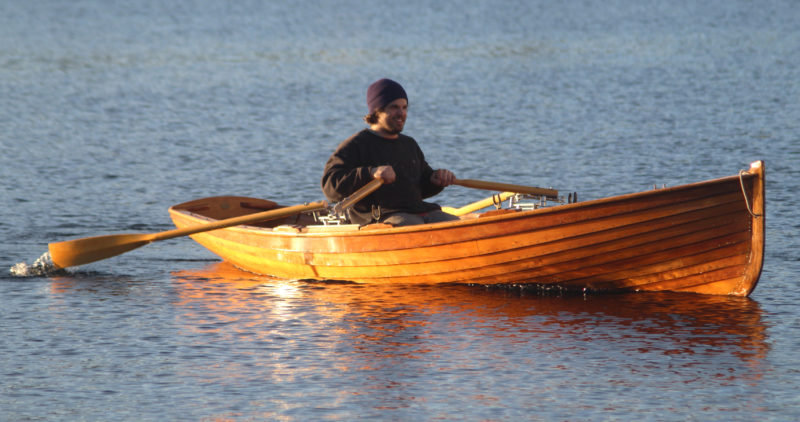 all photos by the author
all photos by the authorThe original mechanism that inspired Gig Harbor’s Forward-Facing Rowing System and the design for this New York Whitehall both date back to the late 1800s.
Forward-facing rowing systems are nothing new. You’ll find many old patents for devices that use gears or pivots and connecting rods to get rowers to see where they’re going. The Forward-Facing Rowing system from Gig Harbor Boat Works (GHBW) was inspired by a mechanism from the late 1800s and was redesigned to be manufactured in welded stainless steel. Each unit weighs just under 7 lbs, including the base that is bolted to the gunwale. The upper part of the mechanism pivots on the base to allow the vertical motion of the oar blade in and out of the water. The spoon-bladed spruce oar is in two pieces—a 30″ handle and a 72″ blade section—each bolted to a cradle that pivots on a 1/2″ bronze pin. A connecting rod joins the cradles and transfers the swing of the handle to the blade.
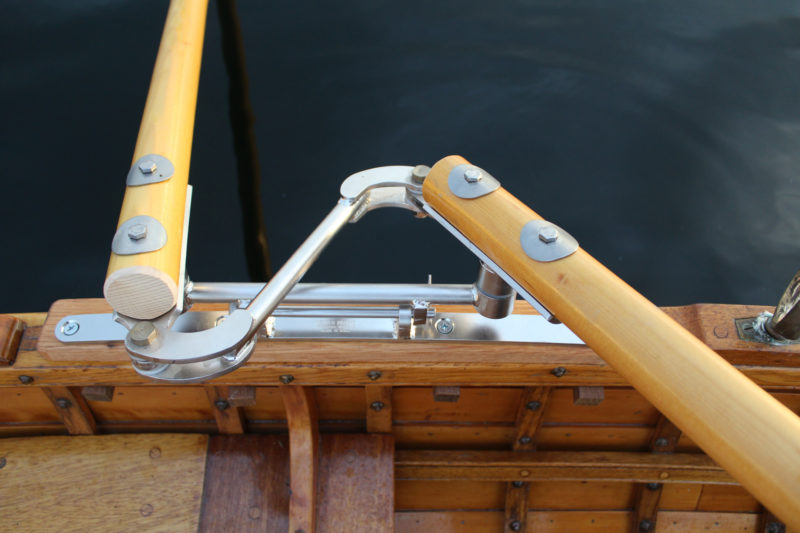
The pivots under each oar cradle have self-lubricating silicon bronze pins and HDPE washers for smooth, corrosion-free action.
I mounted the system on my 14′ New York Whitehall. It took less than two hours to figure out the placement (it just fit in between the oarlock pads of the middle and aft stations), make curved oak pads, and attach the bases and pads to the gunwales. The articulated oars can be removed by pulling the hairclip cotter pins and the 3/8″-diameter pivot rods, but the rig can stay fixed to the boat for trailering. The blades can swing aft and into the boat.
It doesn’t take any time at all to get used to rowing straight with the forward-facing oars. Everything else—turning, stopping, and backing—is a different matter. My rowing instincts have been ingrained for over a half century and are the opposite of what’s required. While doing the opposite is an easy concept to grasp, it’s surprisingly difficult to put into action. Almost every time I’d make a guess about the stroke I needed to do for turning or backing, I’d be wrong. You can’t feather the oars with the rig, so that element of the stroke doesn’t add to the confusion. It helped to think how I’d make the stroke in the water with just my hand, but getting to the point where I could make the right stroke without thinking would just take time, just as it did when I was getting used to a Norwegian push-pull tiller. I should mention that the initial awkwardness wasn’t frustrating; it was actually entertaining, like a brainteaser. And while I thought I’d feel hampered by non-feathering oars, it didn’t bother me at all.
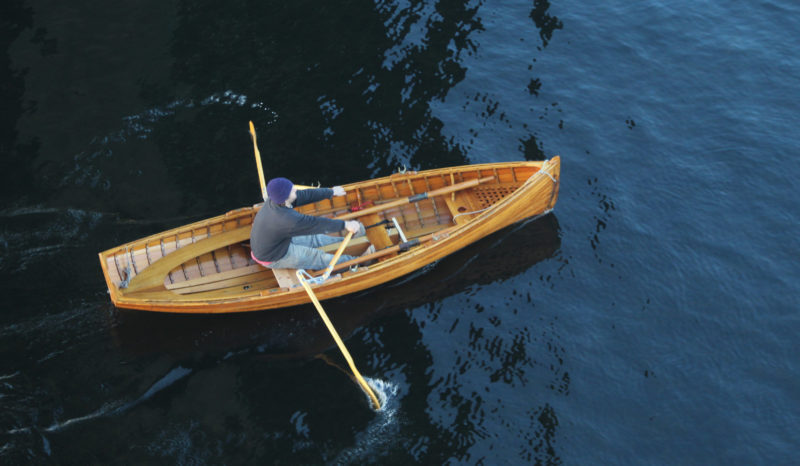
At the catch, pulling the handles through the first 10° of the stroke will move the blades through twice that angle.
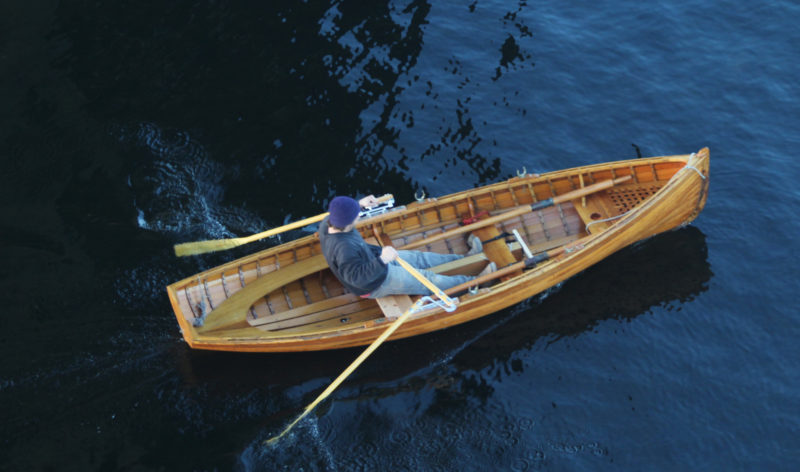
At the end of the stroke the blades move though an arc nearly equal to that of the handles. A long stroke finishes with the blades pulling in toward the boat; a shorter stroke won’t give up much forward propulsion.
Forward-facing rowing has quite a different feeling. With standard rowing, you move your upper body weight toward the bow as you’re pulling, and if we take the oars out of the equation, there’s an equal and opposite reaction pushing the boat back. During the recovery, you swing aft, pulling the boat forward. The shifting of your weight takes some of the forward momentum provided by oars during the drive and puts that energy into the boat during the recovery. In racing shells, where the crew weight far exceeds that of the boat, the speed peaks during the recovery when the oars are out of the water—the crew may seem to be sliding aft, but they are actually pulling the boat forward. In heavier rowing boats, the swings in your weight tend to even out the speed of the boat.
In forward-facing rowing, you lean aft during the drive phase of the stroke, pushing the boat forward in tandem with the oars. During the recovery, the boat gets pulled back as you reach toward the catch. The shifts in your weight increase the fluctuations in the boat’s speed.
During the drive I felt like the boat was slipping out from under me. The catch—coming when the boat’s momentum has been bled off by drag and by my weight shifting toward the bow—feels quite heavy. Each stroke feels like the first few strokes of regular rowing taken from a standing start. I could make the catch feel lighter when I rowed keeping my torso upright.
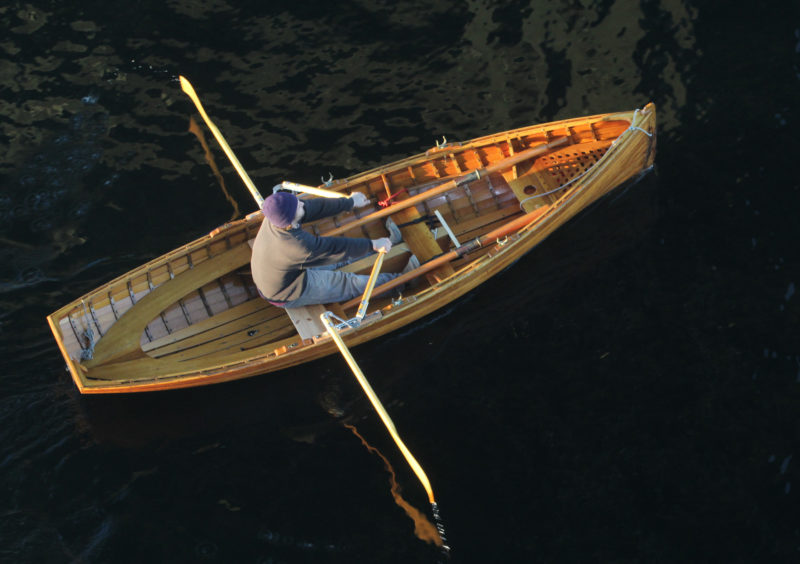
When the blades are aligned with each other the handles are not quite at their farthest reach.
The geometry of the device may also play a role in how the catch feels. The handle of the oar and the blade do not mirror each other. When the blades are perpendicular to the boat’s centerline, the handles are forward at 50° to the centerline; when the handles are square to the boat, the blades are at 135°. In a full stroke, the handles move through 70° (25° to 95°) and the blades move through 100° (40° to 140°). The GHBW web site notes: “Oar blade speed is increased because the oar cradles are asymmetric; the blade travels 15% faster than a traditional oar with the same handle speed.” That “gearing” isn’t uniform throughout the stroke. When I moved the handle through its range 10° increments from catch to release, the blade moved 23°, 19°, 25°, 23°, 12°, 10°, and 8°. The geometry of the pivots and connecting rod put a longer sweep and thus a higher load on the first half of the stroke.
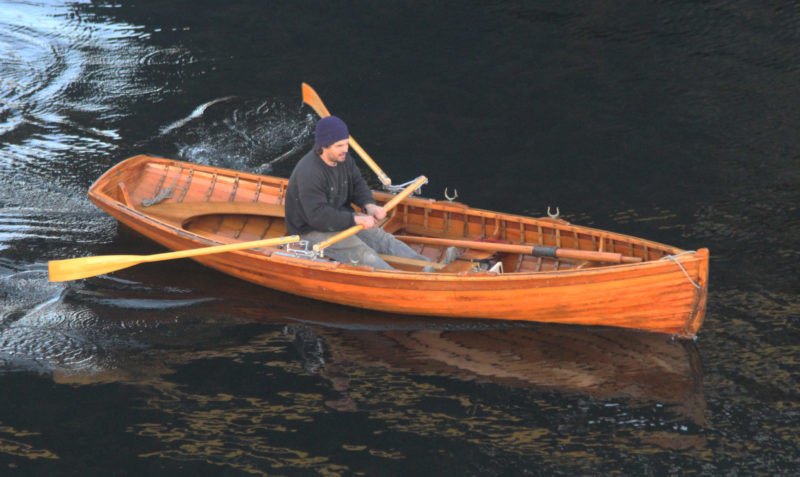
When the handles are aligned with each other, the blades are near their farthest reach aft.
To focus on the physics and the geometry is to miss the point of forward-facing rowing: the view over the bow. Seeing things as they approach is much more interesting than seeing things as they grow distant. I enjoyed poking around the marinas and shipyards that line the waterways near home. The rowing rig worked smoothly and quietly, and I gradually stop thinking about it and just enjoy the scenery.
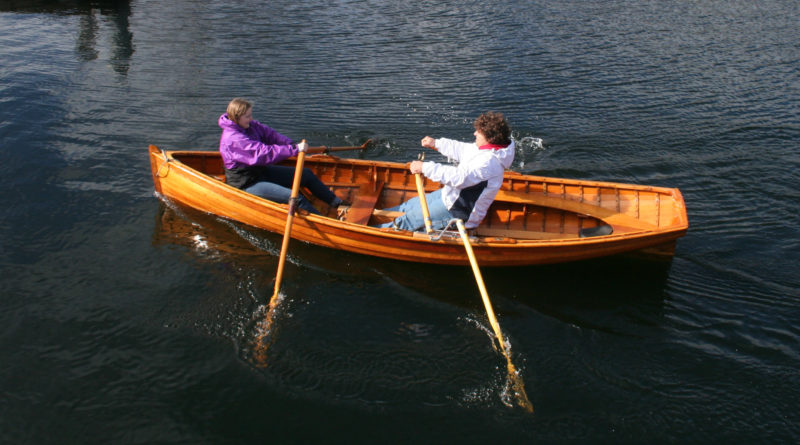
Using the Forward-Facing Rowing System in tandem with someone rowing with regular oars was unexpectedly fun and effective.
The most fun I had with the rig came as a surprise. My son, Nate, took up the forward-facing oars and I rowed in the Whitehall’s forward station. Rowing face-to-face we could converse easily, and by mirroring each other we could synchronize or stroke. Our shifts in weight cancelled each other and the boat stayed in trim. We made great speed and had eyes looking forward and back. I’ve done some long crossings rowing in tandem with normal oars, and after a while conversation gets abandoned because it’s hard to hear one another and you can’t see the person you’re with. Nate and I chattered the whole time we were rowing facing each other.
While I’ve always been devoted to the art and craft of conventional of rowing and will remain so, the forward-facing rowing rig opened up some very appealing possibilities.![]()
Christopher Cunningham is the editor of Small Boats Monthly.
The Forward-Facing Rowing System is available from Gig Harbor Boat Works for $595. Oars, sold separately, are $279.
Is there a product that might be useful for boatbuilding, cruising or shore-side camping that you’d like us to review? Please email your suggestions.
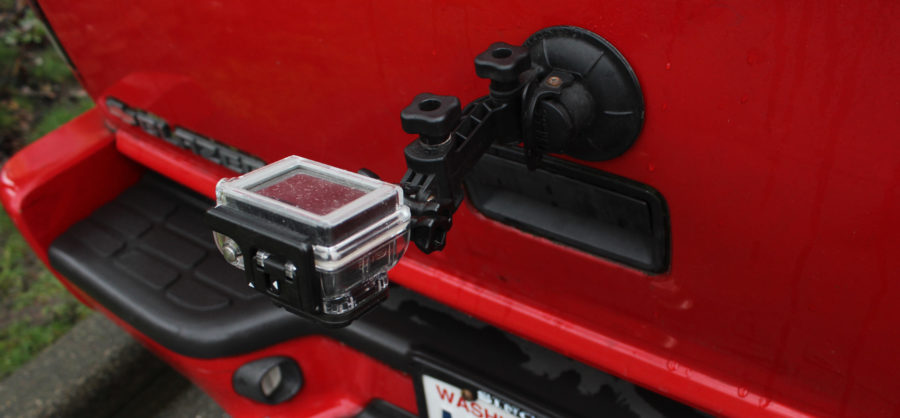
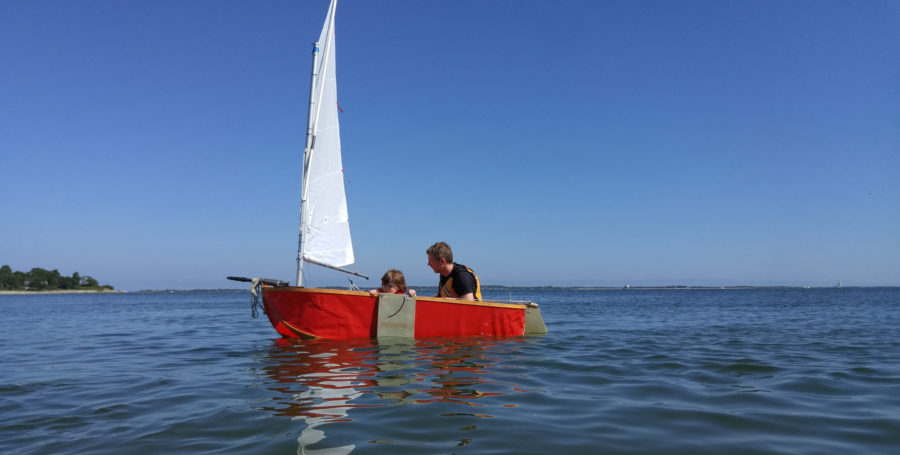
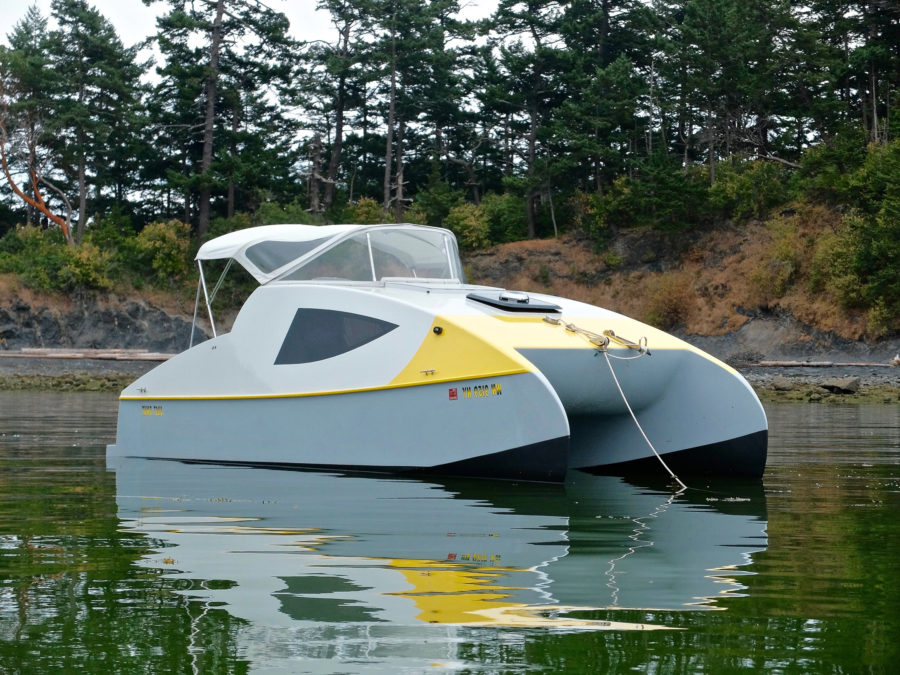
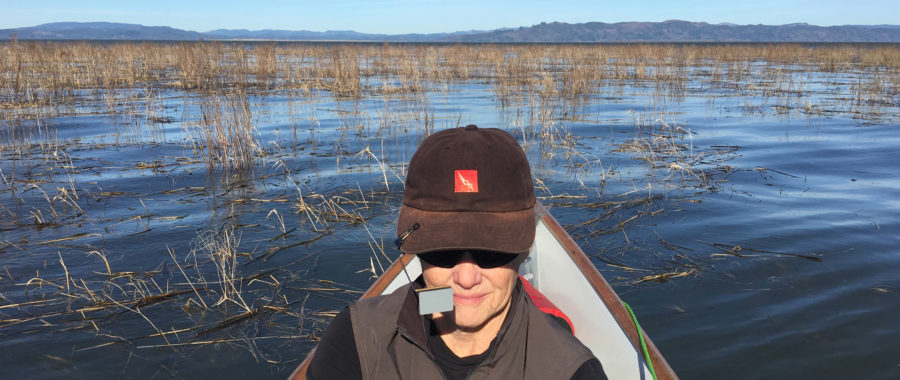
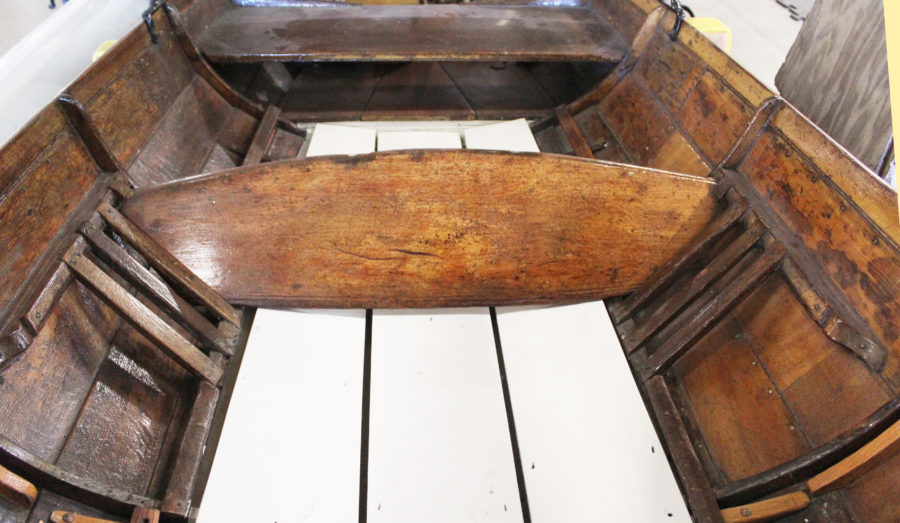
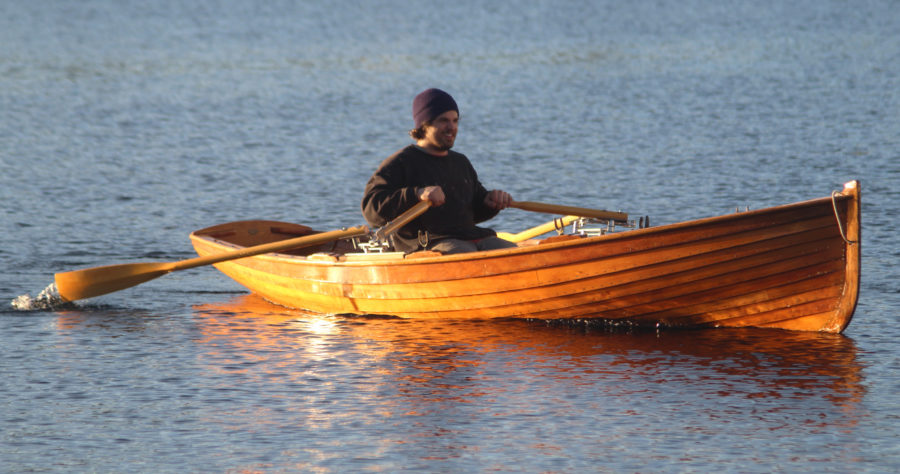
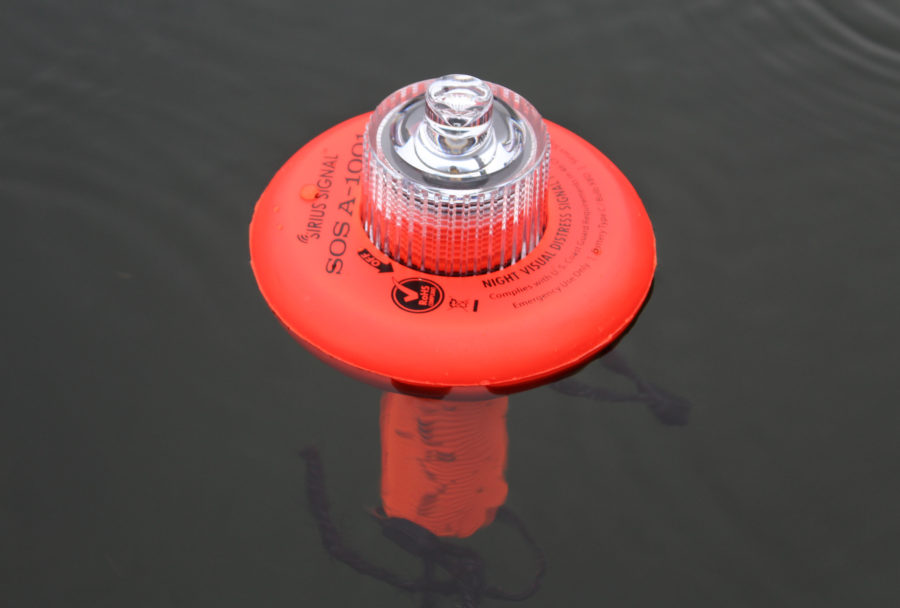
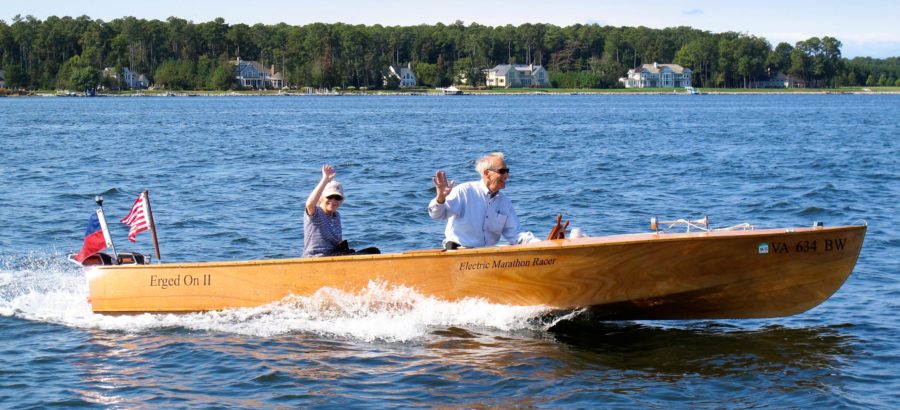
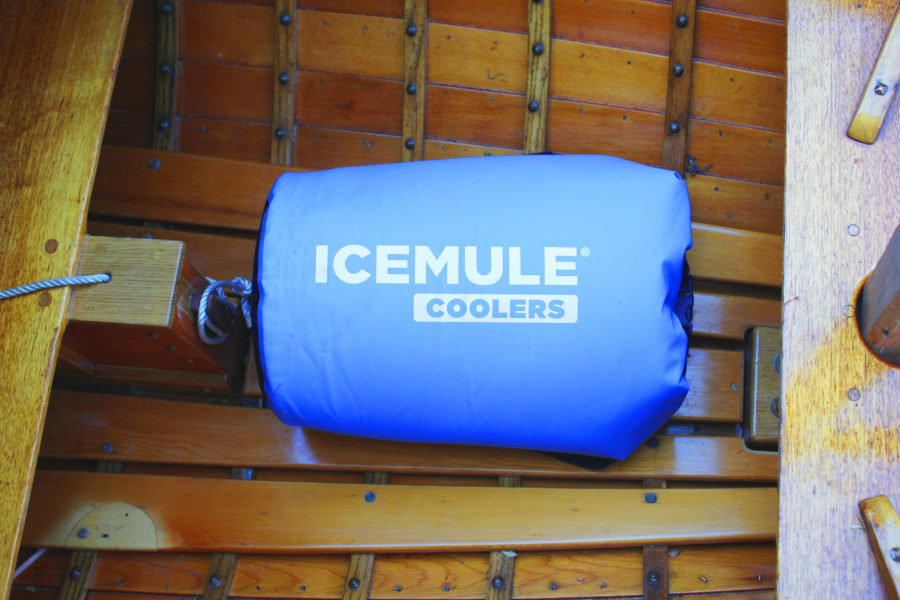
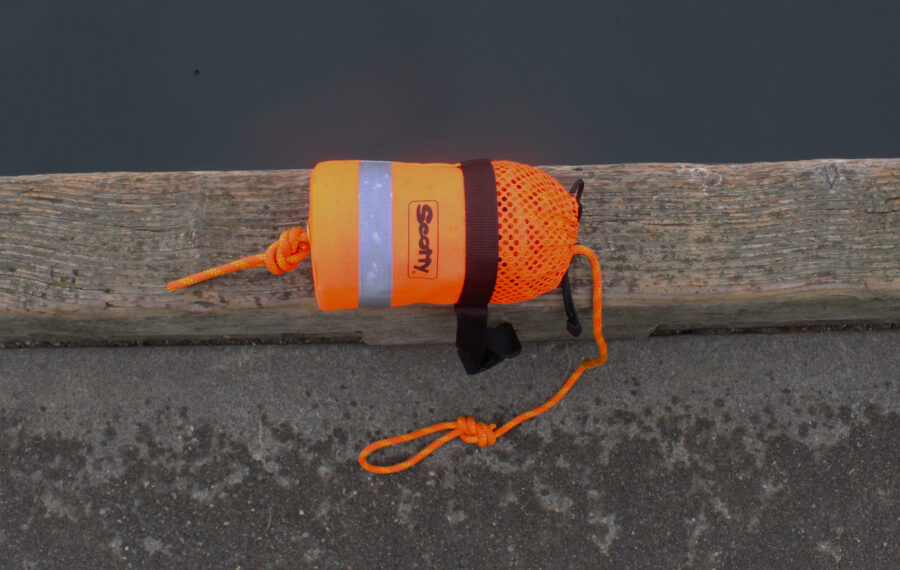
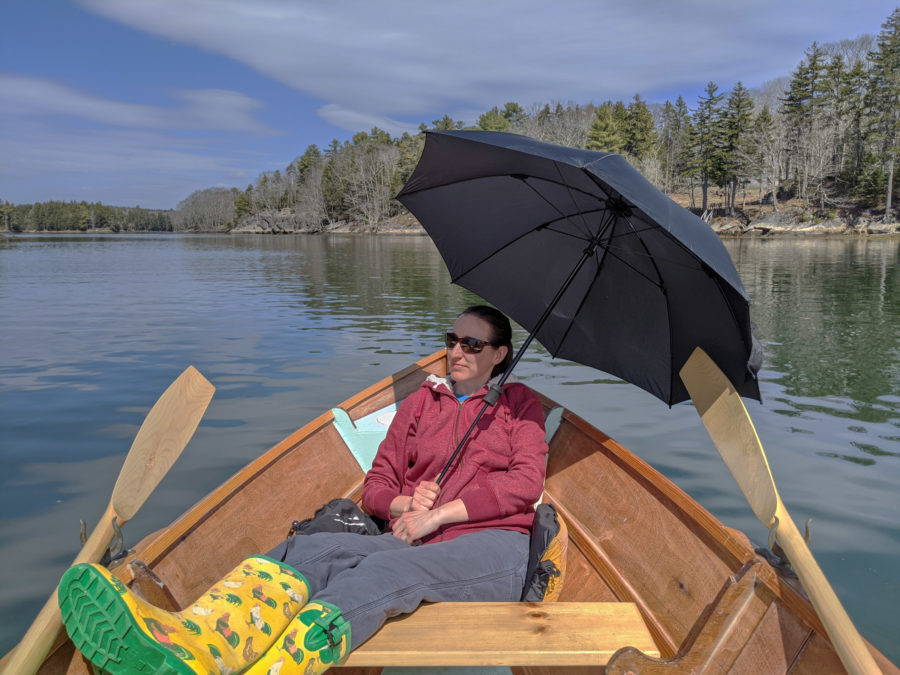
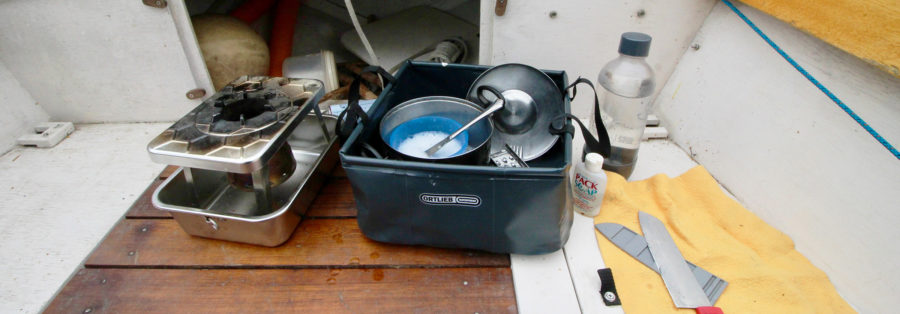
Check out Ron Rantilla’s Front Rower This one can be operated with your legs as well, either in tandem or just your arms or just your legs.
More questions than comments. It strikes me that these oarlocks might be best under flat water, low wind conditions. If it blows up can I go back to conventional rowing? Does the positioning of the base plate interfere with normal rear facing rowlock sockets? Can the ‘elbows’ be taken off the base plate and normal rowlocks inserted? Can I just take an existing set of oars, cut and bolt them in place? Will they work on my CLC Chester Yawl? This system might be just the thing for some pleasant lake and river cruising.
Good questions. I think you’re right that the forward-facing rowing system (FFRS) is best suited to mild conditions. I rowed with it in protected waters with a wind but no waves to speak of, but my hunch is the gearing, especially at the catch, would make it hard to row into a strong headwind. I mentioned in the review that a shorter stroke is a better way to go as the finish just pushes the blades toward the hull. With conventional oars, I get a lot of power at the finish with a strong layback, and with the FFRS, that wouldn’t be very effective. I also favor feathering the oars to cut wind resistance and the impact that comes with clipping wave crests. Can you go back to conventional rowing? Yes. The articulated oars will fold to put the blades inboard. You can certainly row with rowlocks placed forward of the FFRS. If the FFRS blades can be stowed in the boat down low, you can use rowlocks aft of the FFRS. If the articulated oars would come to rest high on a deck or coaming, the system would have to be removed.Removing a cotter pin and the pivot pin is all that’s required. You cannot have normal rowlocks in the 18″ occupied by the FFRS, but its not likely you’d have rowing stations arranged that way. You can use existing oars if the looms have a diameter of 1 3/4″ to fit the cradles. The Chesapeake Light Craft Chester yawl has a beam of 42″. Gig Harbor’s installation instructions have some guidelines for fitting boats. The oars Gig Harbor sells have 30″ handles, so you’d need to shorten them. Pleasant lake and river cruising would be right on target.
Wow, quite an engineering feat to transform the motion of the oars! There is a simpler way to row facing forward. Along the coast of Sumatra on the Malacca Strait, fisherman and inter-island traffic row standing up, facing forward. The only adaptation to enable this rowing position is by positioning the oarlocks higher-up on the gunwale, on top of a pair of frames that are left standing proud on purpose. Rowing is done with the oar handles crossed in front of the oarsman and the rower’s body weight assists the pushing force on the oars.
You’ll also find rowing done standing, facing forward and with oars crossed in Venice and Vietnam. In Vietnam you’ll also find rowers seated facing forward managing their oars with their feet. In Myanmar, fishermen row facing forward while standing on one leg and using the other hooked around the loom of an oar. Extended oarlocks for rowing facing forward have been around in the US for quite a while.
I have always found the system to be fascinating. If your boat has two rowing stations, I would think this would be worth a closer look. I do most of my rowing in my 17′ faering, and to row while looking forward, I simply sit on the rear (third) rowing seat,using the middle rowlocks, facing forward. I do this in crowded conditions, or when approaching a landing site. My solution is not good for long distances, however. I like your description of the learning process, and can see myself laughing and enjoying that process! There are a number of applications for this that I can foresee, including a row/sail beach cruiser with a limited cockpit area. Great article, and I am really enjoying my subscription to SBM.